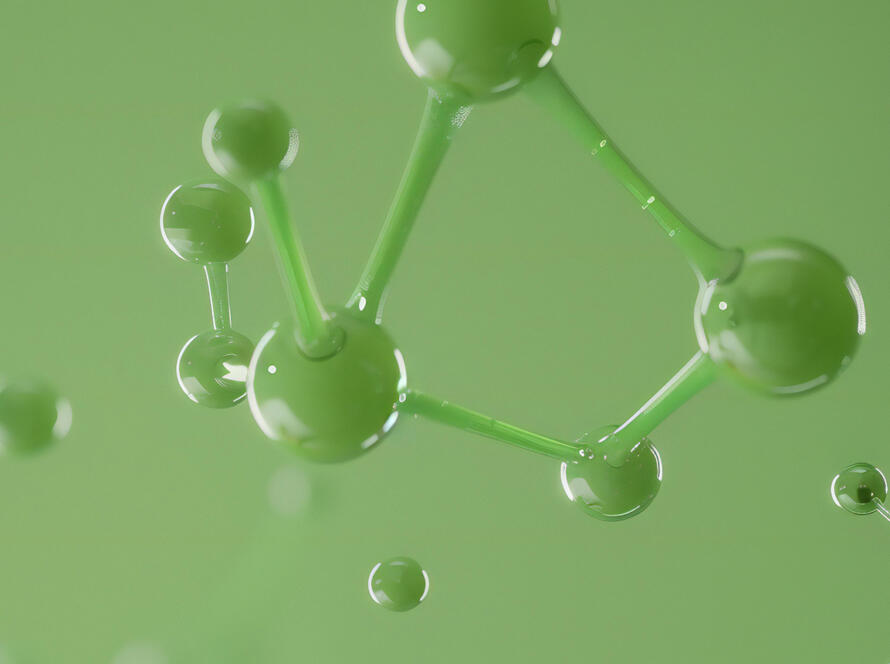Platelet-Rich Plasma (PRP) and exosome therapy are two cutting-edge regenerative treatments. Both are derived from biological materials and aim to stimulate the body’s natural healing processes. However, they work in distinct ways and may be better suited for different conditions.
PRP involves drawing a small amount of the patient’s blood, processing it to concentrate the platelets, and injecting it into the target area. These platelets release growth factors that promote cell repair, reduce inflammation, and support tissue regeneration. PRP is commonly used for sports injuries, hair restoration, and early-stage osteoarthritis.
Exosomes, on the other hand, are tiny extracellular vesicles released by stem cells. They carry proteins, lipids, and RNA that act as messengers between cells, enhancing communication and triggering healing responses. Exosomes are more refined and potent, often used for chronic inflammation, advanced aging, and complex tissue repair.
The main difference lies in their source and strength. PRP is autologous and naturally safe, but may have limitations in more severe conditions. Exosomes, while more potent, are typically derived from lab-cultured stem cells and require stringent quality control.
At Indriya Biomedics, a detailed consultation helps determine the best fit for your needs. Whether it’s the natural boost from PRP or the high-precision signalling of exosomes, both offer promising, non-surgical alternatives to traditional treatments.


